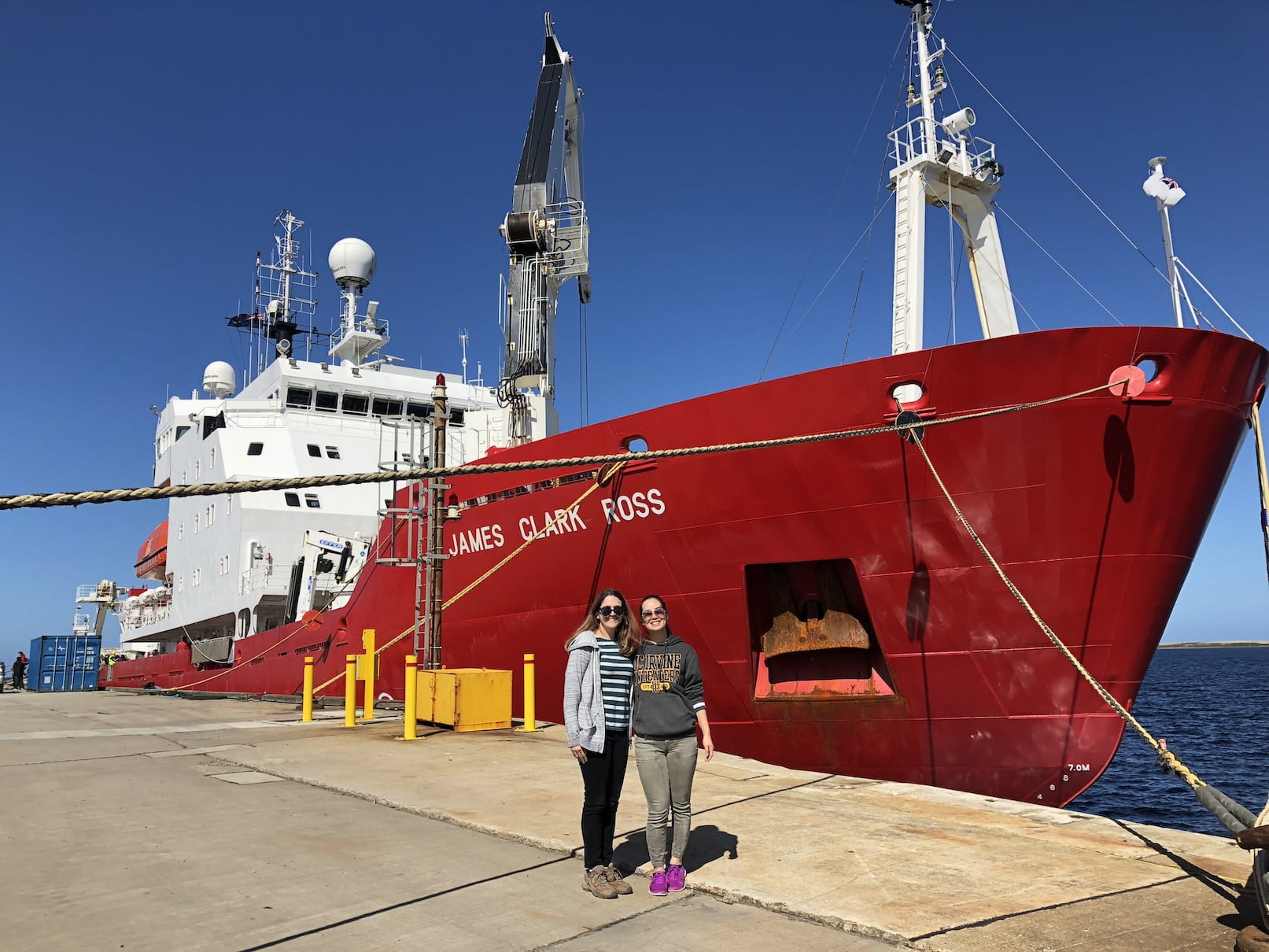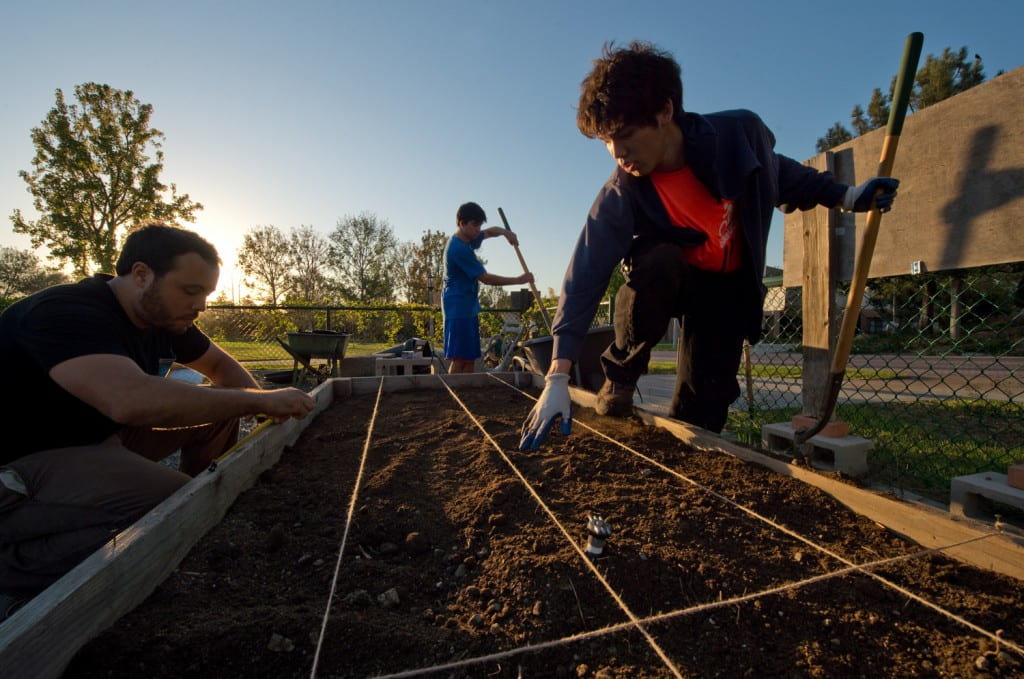UCI nuclear fusion pioneer Norman Rostoker dies at 89
UC Irvine professor Norman Rostoker, the father of breakthrough clean nuclear fusion energy techniques via plasma-based accelerators, died on Christmas Day in Irvine, Calif. He was 89.
Irvine, Calif., Jan. 6, 2015 – UC Irvine professor Norman Rostoker, the father of breakthrough clean nuclear fusion energy techniques via plasma-based accelerators, died on Christmas Day in Irvine, Calif. He was 89.
Rostoker cared deeply about using clean fusion as a source of almost unlimited, nonpolluting energy for human development. As soon as he had established the theoretical foundation for the technology, he turned his attention to its realization.
“Professor Norman Rostoker was a creative, brilliant thinker. He has created a legacy that will impact humanity far into the future,” said Kenneth Janda, UCI physical sciences dean and professor. “At UC Irvine, he positioned the Department of Physics & Astronomy at the forefront of fusion research and was an inspiration and mentor to many dozens of students who are today’s leaders in applied physics and technology.”
In addition to serving on UCI’s faculty, Rostoker co-founded Tri Alpha Energy with prominent physicists, including Nobel Prize winner Glenn Seaborg, to implement his ideas to develop a clean source of fusion-based energy. His colleagues have subsequently shown the value of many of his notions. According to Michl Binderbauer, a former student and chief technology officer at TAE, Rostoker had an unusual ability to reverse-engineer a problem, leading to innovative insights and novel concepts for their implementation. “He also excelled at the ‘never surrender’ notion,” Binderbauer noted. “Without his steadfastness and strength of conviction, our vision would have remained on paper, and we would not have been able to conclusively demonstrate the merits of some of Norman’s groundbreaking ideas in fusion research.”
Arno Penzias, who won the 1978 Nobel Prize in physics and whose research helped establish the Big Bang theory of cosmology, said, “In my mind – as well as a global plasma physics elite that includes Russia’s Budker Institute of Nuclear Physics – this is the most fruitful scientific endeavor in fusion research anywhere in the world.”
Rostoker was born Aug. 16, 1925, in Toronto, Canada, and earned a master’s degree at the University of Toronto in 1947. He received a D.Sc. in 1950 from the Carnegie Institute of Technology and was on the scientific staff there until 1953. He subsequently worked at the Armour Research Foundation at the Illinois Institute of Technology and at General Atomics before joining the faculty at UC San Diego in 1962.
Rostoker moved to Cornell University in 1967 as the IBM Professor of Engineering and in 1972 joined the faculty at UCI, where he chaired the Department of Physics & Astronomy from 1973 to 1976. Among his many distinctions, he was honored with the American Physical Society’s James Clerk Maxwell Prize for Plasma Physics, the UCI Medal and membership in the Russian Academy of Sciences.
Rostoker’s research started with pure physics, including his important work in solid-state physics theory known as the KKR (Korringa-Kohn-Rostoker) method, which is still used widely. However, his forte was applying theory to physics and engineering technology at the forefront of fusion reactor development. Rostoker was among the first generation of fusion pioneers.
As soon as such research was declassified in the late 1950s, he and other elite scientists opened laboratories and centers where fusion research began to prosper. In the field’s early phase, Rostoker published seminal papers that underpin the theoretical foundations of plasma physics by applying the same masterful mathematical skills displayed in the formation of the KKR method.
He showed that the immense number of electromagnetic interactions in plasma – a gas of charged particles– can be greatly simplified by treating the plasma as a collection of “dressed” particles in which each individual particle is surrounded by its own “shielding cloud.”
While at UCI, Rostoker pursued a unique approach to fusion based on fundamental new insights quite disparate from others in the field. He conceived of utilizing collective plasma fields to assist in the ion acceleration process. Rostoker employed such accelerators to move toward the realization of plasma-based fusion reactors, for which he’s named as an inventor on 27 U.S. patents.
In order to achieve fusion, extremely high-energy ions would be necessary. His most important insight was that high-energy, large-orbit particles like those in accelerators are able to “ride over turbulence” and thereby overcome various plasma instabilities that hamper other designs. Another of Rostoker’s goals was to develop a fusion reactor that does not suffer from degradation of its surrounding structure by neutron capture.
“I am forever grateful for his kind tutelage,” said Toshiki Tajima, a former student who currently holds the Norman Rostoker Chair in Applied Physics at UCI and is chief science officer at TAE. “He instilled in me his vision that plasma and beams can marshal collective fields to realize accelerators out of plasma, while accelerators can drive plasma to fusion conditions.”
Another of Rostoker’s early students, Shimon Eckhouse, who went on to found a number of companies and is currently chairman of the board at Syneron Medical Ltd., commented: “Professor Norman Rostoker was one of the most important pioneers in the theory and understanding of general plasma physics and controlled thermonuclear fusion; his contribution to kinetic plasma theory created the basis of our understanding of modern plasma physics.
“In addition to his outstanding academic career in plasma and solid-state physics, he was a tenacious entrepreneur, pushing the envelope of technology frontier in the areas of high-power accelerators and clean fusion energy generation. Professor Rostoker was a great teacher and raised generations of graduate students in his field who have continued contributing to the development of science and technology.”
Rostoker was married for 65 years to Helen Corinne Rostoker, who died earlier in 2014, and is survived by their four children, Stephen Rostoker, Ruth Forton, Linda Rostoker and Rachel Uchizono, as well as grandchildren Lisa Servedio, Nolan Uchizono and Kellen Uchizono, and one great-grandchild, Sofia Servedio.
A memorial service is being planned for Jan. 24 in Irvine. For more information, go to ps.uci.edu/memorial/rostoker.

